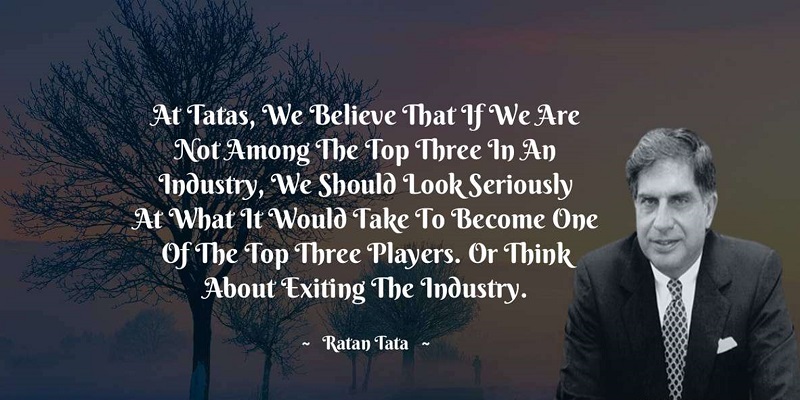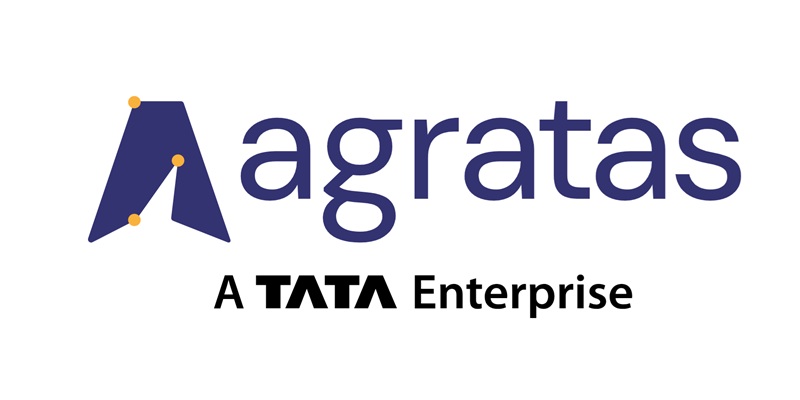Schedule a Call Back
A tribute to Ratan N Tata
 Articles
Articles- Oct 11,24

Related Stories

The role of risk management in large projects
Risk is inseparable from project management, particularly in large and long-duration projects, where inadequate risk identification, ownership and follow-up often lead to cost and time overruns. Pra..
Read more
Agratas Advances Sanand Battery Plant Construction in Gujarat
Tata Group’s Agratas is accelerating construction of its Sanand battery facility, a major clean energy investment set to strengthen India’s advanced cell manufacturing capability.
Read more
India’s Expanding Nuclear Ambitions and the Emerging Market for Small Reactors
As India’s Vision 2047 sets a target of 100 GW of nuclear capacity, the government is shifting to distributed nuclear generation by deploying smaller reactors across multiple locations, writes R J..
Read moreRelated Products

Fanless Industrial Pc for Smart Manufacturing
CONTEC Launches BX-M4600 Series - Fanless Industrial PC for Smart Manufacturing.














